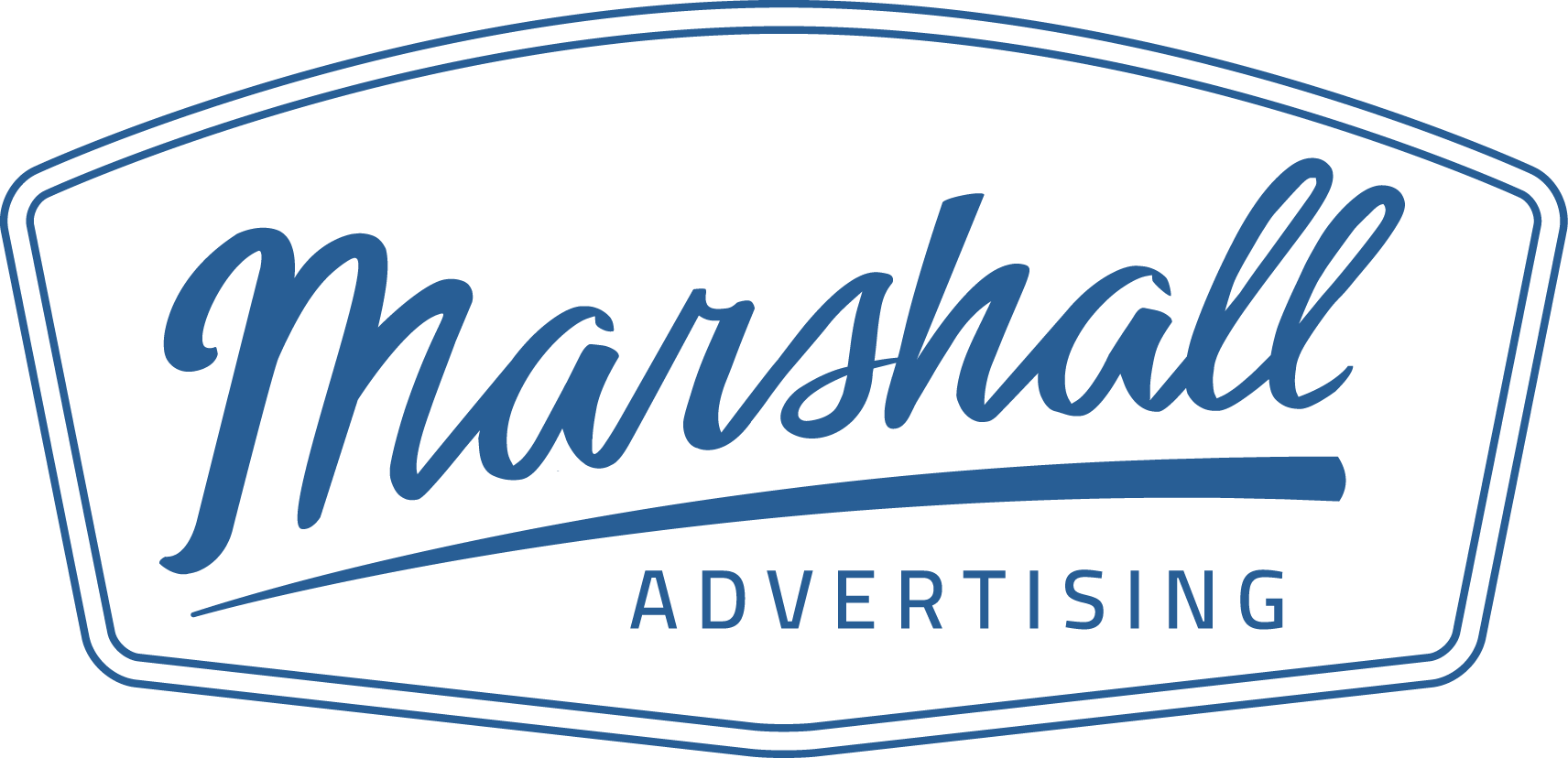To start this off, traditional print (or otherwise referred to as “static”) billboards are a mature market. They’ve been around for decades, and advertisers have explored much of its potential. LED boards are still an emerging (and more importantly: evolving) medium. What exactly is a traditional billboard? What is an LED board?
A traditional billboard is typically made of a waterproof vinyl. This means durability under the weather and conservative costs. They come in specific sizes and rarely vary from this unless it’s a specific kind of advertising beyond conventional billboards. LED boards meanwhile are essentially really large televisions. While there are some technical differences, this is an easy analogy to make, you can go to Best Buy right now and look at LED televisions and see a lot of the same qualities. The bulbs last an incredibly long time (which means less upkeep cost) and can really show vibrant color. Resolution for your images are also less of a problem. All you need to do to install your advertisement on an LED board is send the company an image of your advertisement. Installation for a static board needs an actual physical installation.
Traditional paper billboards are low-tech and less expensive. You won’t be sharing space with other advertisers six seconds at a time and there is less chance of a driver becoming distracted with your ad than with LED boards and getting into a motor accident, though hard evidence shows this is far less likely than people expect. Static billboards are still one of the most reliable ways to show your advertisement, and your business might not need the features an LED board provides. LED boards are also more competitive. Traditional boards are also more environment-friendly. A digital board requires constant energy, whereas traditional boards would only need energy for temporary illumination at night.
A major pro for digital boards is the ability to change your ad. Actual upkeep and installation of your ad is easy, so easy that changes can be made with little hassle and little cost. The same cannot be said for traditional boards. This can really help an ad campaign that relies on or wants to utilize timing. Special sales or certain seasonal messages can be greatly promoted with this medium. The bright displays are also easily visible at night and are statistically shown to gain more attention than traditional advertisements. It’s a changing medium, and improvement is always a possibility. LED’s are not as popular outside of urban environments with high traffic.
Bill Ripp of Lamar Advertising said in 2007, “We don’t see electronic billboards completely replacing print billboards. The two formats will co-exist in a proportional relationship. There will always be print (or static) billboards because there will always be a market for that specific kind of advertising product.” That being said, as time goes by electronic billboards are becoming more popular and cheaper to produce and maintain than ever before. Many traditional billboards are being replaced and are largely considered good decisions. It’s important to consider not only the pros and cons of the two now for your advertisement today, but what this means for the advertising landscape tomorrow.

Score Big: How Credit Unions Can Dominate Fall Sports Advertising
Fall is right around the corner, and with it comes the exciting buzz of fall sports – a prime opportunity




